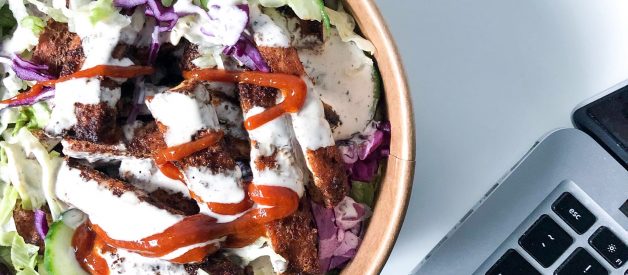Uber Eats. The delivery service we love to hate. There are others of course, but for the sake of this post I?ll focus on Uber Eats since I know it best.
As a consumer, I love Uber Eats. They bring me food when I?m short on time and introduce me to new spots I never knew existed. They make me more productive, allowing me to keep working while my salad magically makes its way to my desk. They bring me joy, when after a long day, my favourite pizza is waiting for me at home. Plus, they prevent me from getting hangry! Thanks to the convenience, I spend more at restaurants ? ordering more food (leftovers!), more often.
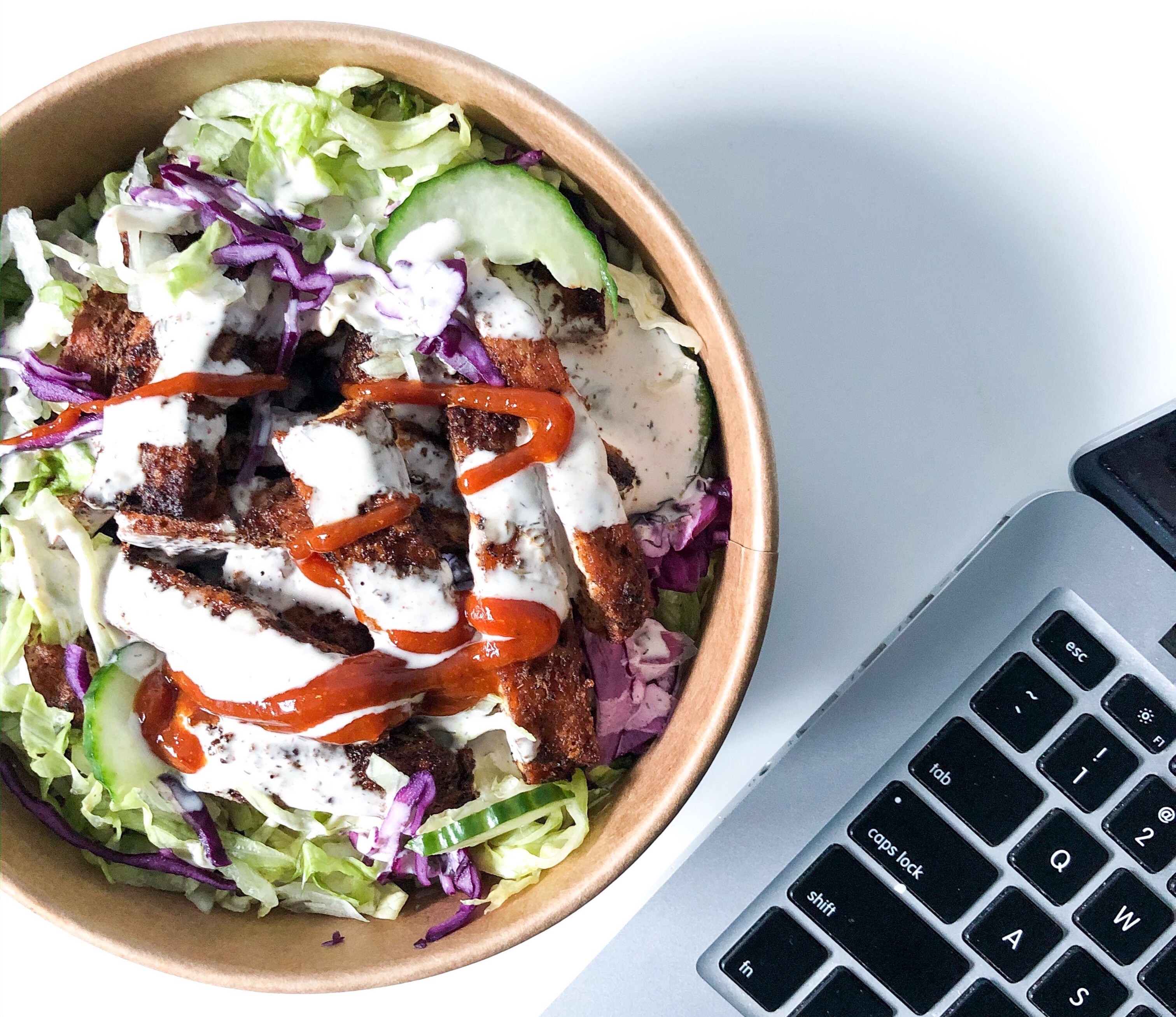
As for restaurants, many hate Uber Eats. Why? Because rather than charging consumers the full cost for on-demand food delivery, they shifted a large cut onto restaurants. This only adds to our skewed perception of food costs, now also distorting the reality of what food delivery costs. Devious little devils.
Why would they do this? Cause they know how stingy we can be. They knew we?d complain if they charged us more upfront, so they cleverly lured us in by obscuring a large part of the cost ? getting restaurants to foot the bill instead. And they get away with it because their massive audience gives them leverage. Cunning evil geniuses.
But hold up. Let?s be fair. Uber Eats does bring something to the table. Like, literally thousands of new customers to the table (and it?s their own tables at home vs tables restaurants pay overhead for). They provide access to a whole new audience and give restaurants the power to deliver directly to customers ? with no investment, infrastructure or logistical nightmares. So, that?s something.
Now, I?m going to share some info to help us analyze this third party delivery business a little better. These are just facts ok, so don?t shoot the messenger.
Let?s start from the top with a quick break down of Uber Eats fees. Customers pay a service fee of 15% of the subtotal, a delivery fee (based on location, driver availability, etc.), and a $2 small order fee (if under $10). Restaurants, for their part, pay a 30% commission on orders. Seems like a lot. Is it though?
Let?s flip things around for a minute. Let?s put ourselves in Uber Eats? shoes. Ever wonder what their business looks like? Why don?t we take a quick peek at their costs just for kicks.
The most obvious one is drivers. What do Uber Eats drivers get paid? Do you think it?s the delivery fee? But that?s like nothing? often $.99 to $3.99, or $0 during promos. Wait a minute?. So ya, that?s not really how it works. In fact, there?s no relation whatsoever. Here?s how it actually works:
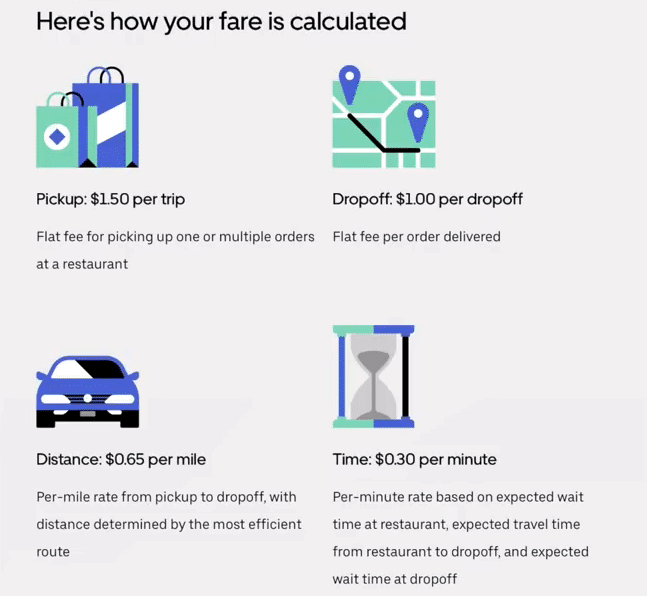
?It?s important to note that the delivery fee paid by the customer is less than what Uber Eats pays drivers. Drivers earn based on actual time and distance required for the delivery. Also, they make additional money with incentives and referrals, which is important to attract more drivers. Thus, the overall payment to drivers is higher than what the customer pays.? -BStrategyHub
How about labour cost? I looked it up. Uber Eats has about 10,000 employees (not drivers). That?s quite the payroll. Why so many? Can you imagine the amount of issues they deal with on a daily basis ? from consumers, drivers, and restaurants, all at once? They must need an army of support staff. Then there?s the actual tech. We tend to ignore the fact that this little app that allows us to summon food and watch a little car bring it to us ? someone had to build that. And scale it. And update it. And fix bugs. And it?s not just one guy, this requires hundreds of coders. And coders ain?t cheap.
Then there?s all the fun stuff all businesses pay for: rent, payment processing, lawyers, accountants, etc?. What am I missing? Oh, marketing! Have you noticed all the $0 delivery promos? Don?t you love that? Uber Eats spends a ton on marketing. You might think it?s a waste, but you must understand that these types of networks work best at scale. The bigger they get, the better the unit economics get. And those must get better. Why? Well?
Are you ready for a curveball? Uber Eats is losing money. Like a lot of money. Didn?t see that coming did you? We just see big revenue numbers and think ?those greedy monsters? ? but remember: revenue is not profit. See, we forgot to ask: ?Hey Uber, just wondering, like how much did you spend for those millions exactly???
?Analysts didn?t say how exactly Uber is losing all that money, but a good guess would be on regular and incentive pay for drivers. Uber paid out $253M more to drivers than it recognized in revenue (plus another $5M in referral bonuses). Uber also spends money on discounts for Eats customers.? -Yahoo Finance
Oh. That?s a lot. Why are they doing this then? It?s all part of the plan ? investing to reach economies of scale, so that one day, the business model actually makes sense (and money).
?He said Uber would accelerate growth at its loss-making food delivery Uber Eats, to become the top player in most worldwide markets, eventually increasing the segment?s margins, which are currently a drag on earnings.? ? Venture Beat
Yep, you read that right ? they have margin problems too! How relatable! And, just like restaurants, Uber Eats looks for ways to cut costs. One strategy is batching orders so a driver picks up multiple meals at once. They also entice customers with free delivery from restaurants that already have a courier en route. These tactics help them make trips more cost effective. But for now, they lose money on most deliveries.
?So next time you order through UberEats, take a small amount of satisfaction knowing you are costing Uber more than your meal is worth.? ? Eater
Ya. Let?s just digest that for a second.
The reality is, it costs more than we realized to have any food, brought right to our doorstep, at any time. That?s why Uber Eats charges restaurants 30%. But since restaurants don?t have 30%, many are left feeling like ?We know they are no good for us, but we can?t break up with them either…? Uber Eats has become a necessary evil. But is there a lesser evil?
Yes. There is a way to make it work. I know because we did it at Wolf Down. And it works quite well in fact. You just need to charge more on Uber Eats. That?s it. Then customers at least have the choice. Our dners are $11 in-store or $13 on Uber Eats. If you want to save $2, no problem, come see us. If you wanna Netflix and wolf down for an extra $2 ? you do you.
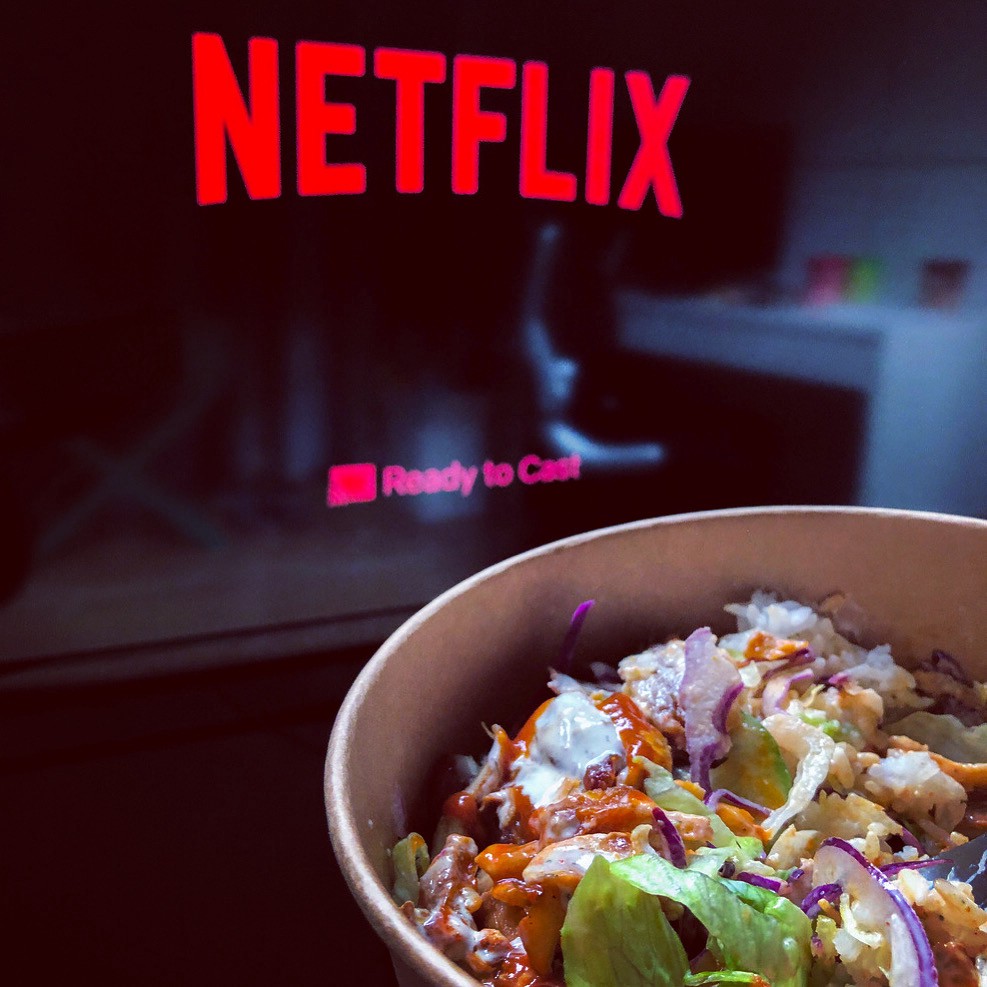
I?ll admit I expected a lot of push back on this. I was ready for it. Prepared to explain and defend myself. I waited for the complaints. They never came. We?ve literally received zero complaints about our pricing on Uber Eats. In fact, the only time we get complaints is when we have to turn it off because we?re slammed in-store.
Some people say we aren?t allowed to do that. And it?s true Uber Eats didn?t initially support this. But that was then, and this is now?
?Uber Eats said menu pricing is determined by restaurants. ?We strongly encourage restaurants to provide the best price possible while ensuring they have a compelling business opportunity,? the company said.? ? Global News
I can only assume they finally realized it?s unsustainable. Or maybe they were just like ?wait a minute, if we let them charge more, we make more??
?A High Priest burger from popular chain The Burger?s Priest is $10.29 on their website but $12.59 on Uber Eats. A spokesperson said the premium helps manage the extra costs; including a 25-35 % service fee and a significant increase in packaging costs. A Oaxaca Bowl from Freshii is $8.99, however, the same bowl is $10.79 on Uber Eats. Freshii declined to comment.? ? Global News
At this point, charging a premium for delivery has become a widespread practice, with many restaurants charging about 20% more. Even McDonald?s and Subway have higher prices on Uber Eats.
?Doordash, Postmates and Uber Eats said restaurants controlled their food prices. Big national chains tend to give smaller commissions to delivery apps, so menu prices are sometimes inflated to collect more commission.? ? New York Times
So here?s the deal, rather than hate on Uber Eats, we made friends with them. And that friendship has been fruitful ? see below for a summary of our experience so far. Thanks to Uber Eats, over 8,000 Wolf Down dners have been delivered to happy customers (4.8 star rating seems to indicate as much anyway). We?re nearing $200k in incremental revenue which is not too shabby for a brand that?s not even 1 year old (chart drop off due to COVID-19).
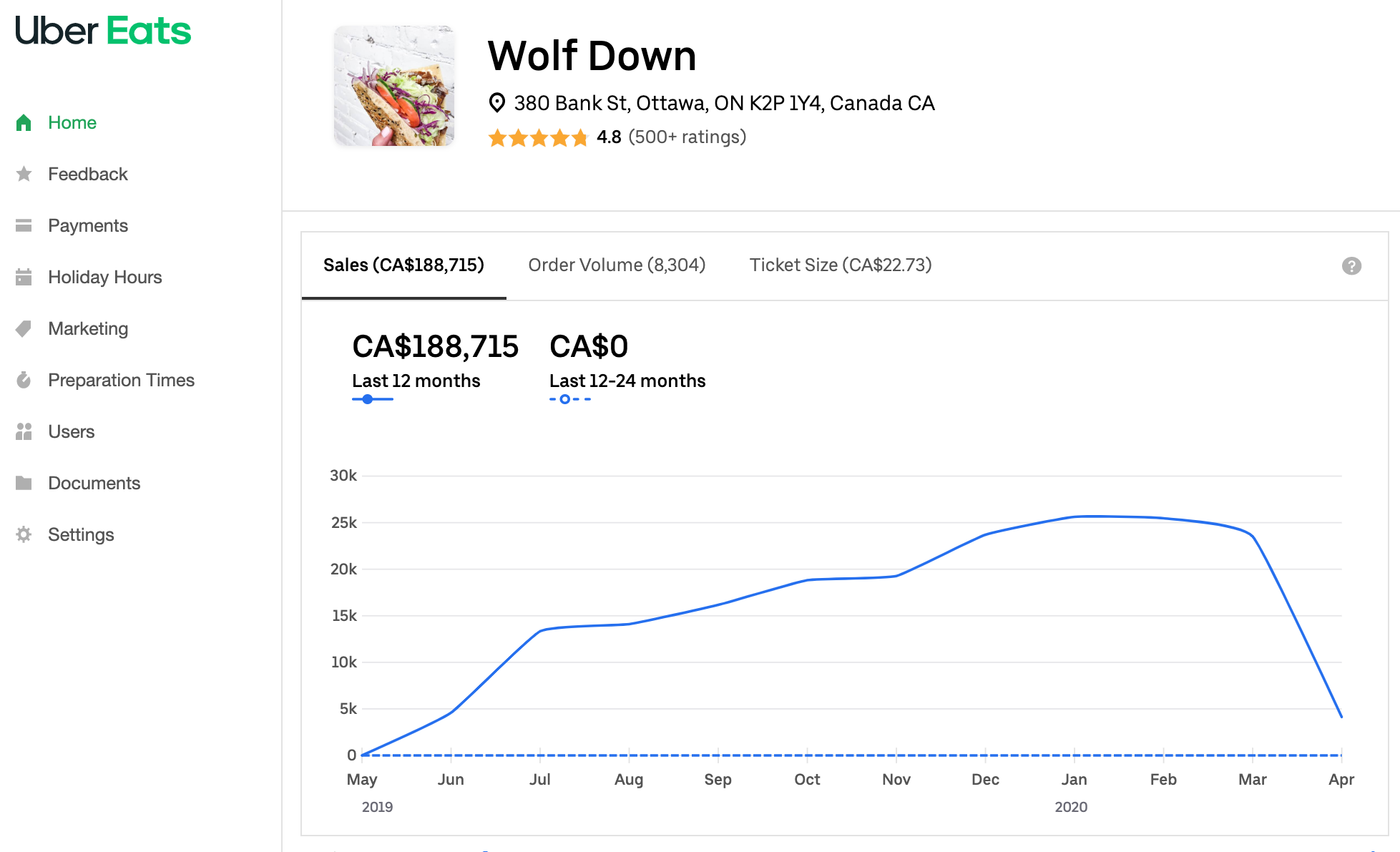
Now, I know you?re thinking ??hey now, that?s revenue, not profit!?. You?re right. Proud of you! But don?t worry, there is a tiny bit of profit in there ? because we charged more on Uber Eats from Day 1. And there?s another benefit: the added revenue helps offset fixed costs, boosting our margins over all. So ya, thanks Uber Eats!
To quickly revisit our food cost break down from my last post, here it is again including third-party delivery. You?ll notice labour and overhead are reduced since delivery doesn?t use up staff time taking orders nor require space for seating. On the other hand, packaging costs are slightly higher, and of course there?s the Uber Eats fee. As you can see, without the bump up from $11 to $13 for delivery, we?d be bleeding out like mad.
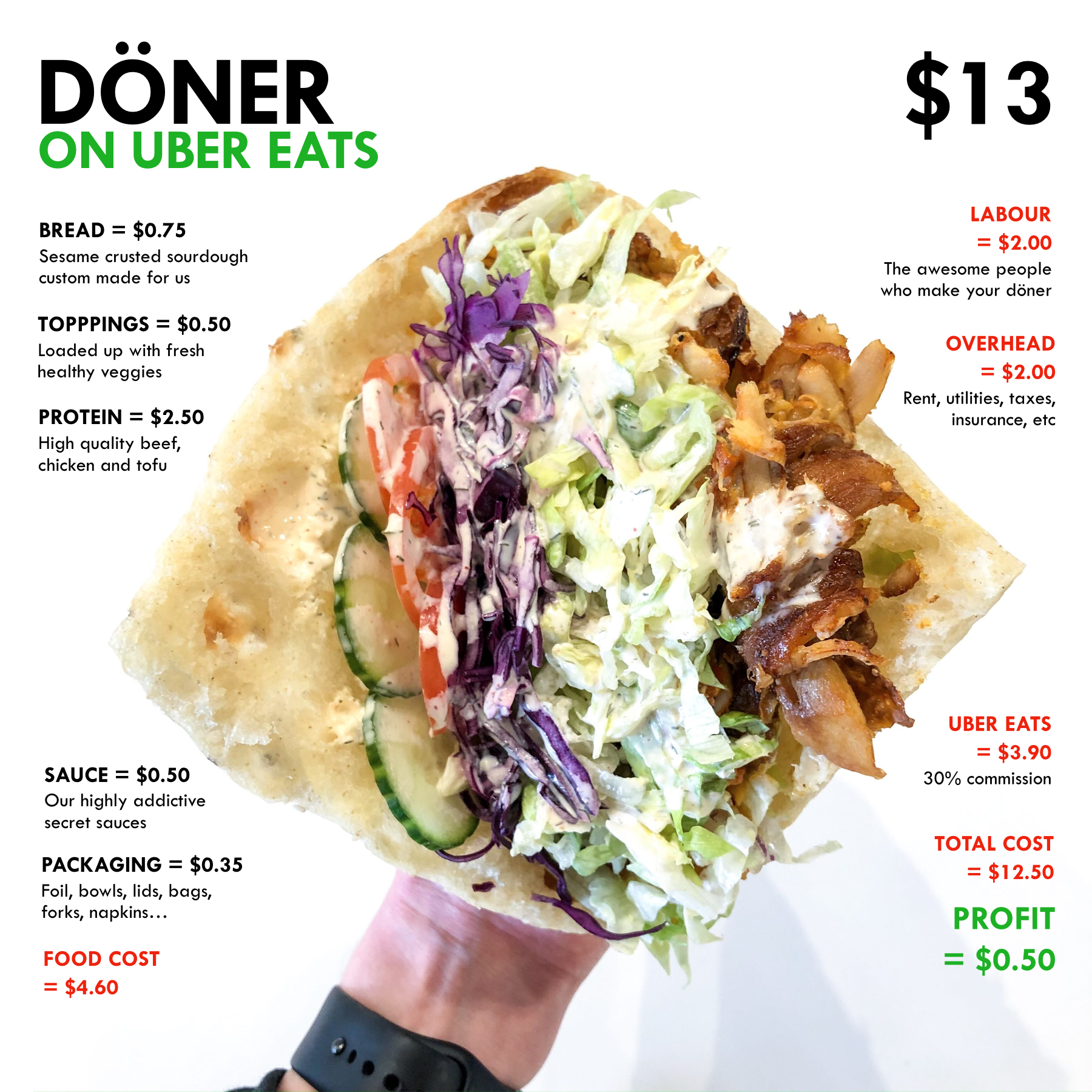
If you?re annoyed with me, thinking ?Is increasing prices her answer for everything?? Sorry? Not sorry. It?s not like I?m making this shit up just for fun. I simply want us to understand why it is what it is so we?re not all so irrationally upset about it all the time.
But wait! What if we just did delivery ourselves? Ok, let?s look at that. Why don?t restaurants do their own delivery? For one, it?s difficult to hire a full-time delivery person without ruining (already razor thin) profit margins. Do you know how much time and money it takes to develop your own app? Do customers really want to download different apps for every restaurant? What happens at dinner rush when you have 19 delivery orders at once?
?The average person expects their food within fifteen minutes of their order.?
Just for fun, here are some quick numbers. Say we wanted to hire our own delivery guy. We are open 12 hours a day and pay them $15/hour. We?d need 2 guys at least, which would cost us 2 x 12hrs x $15 = $360. On an average day we do over $1k of sales on Uber Eats. At 30% we are paying them $300. And with Uber Eats, we often have 5 or more deliveries happening at once, which we couldn?t do with just two guys. Not to mention, since we pay based Uber Eats based on volume, there?s less risk on slower days. And don?t forget the app that makes ordering and payment so quick and convenient for customers.
Let?s be real, we can?t hope to match the efficiency of Uber Eats. This is what they were designed for. Why not let them do what they do best, and instead focus on how we can improve our businesses. Cause guess what? They ain?t going nowhere.
?Even with quarantines in place, Uber Eats? saw an approximate 10% increase in sales last week. That?s a significant uptick considering there is a global pandemic underway. In addition, Uber Eats has seen a 30% surge in customer sign ups, an influx of new drivers, and more restaurants joining.? ? Forbes
The reality is, we?re moving towards a society that values convenience. And if anything, COVID-19 is only accelerating things.
?In China, where physical-distancing restrictions have already been loosened, surveys reveal the following three trends: post-crisis spending in-restaurant is expected to be lower, demand for takeout is expected to return fairly quickly, and consumers will likely spend more on food delivery than before.? ? McKinsey
It?s time to stop blaming Uber Eats. And start leveraging them instead. So restaurants: be brave, adjust your pricing, and stand by your value. Then it?s up to customers to decide. Better to give them the option than not, because many want it ? and they will pay for the convenience.
One final feel-good thought: not sure if you noticed, but food delivery services have actually been pretty generous during this COVID-19 crisis ? offering free delivery (free for us, not them), donating millions to restaurant employee relief funds, lowering commission fees, and more? Uber Eats even added a feature to donate directly to restaurants (I can confirm 100% goes to the restaurant). I?ve been blown away by how many of our orders since include donations. Thank you donors! And thank you Uber for making it so easy! These features don?t just pop up out of nowhere ? Uber pays coders to build them, for us.
Maybe they aren?t so evil after all.
